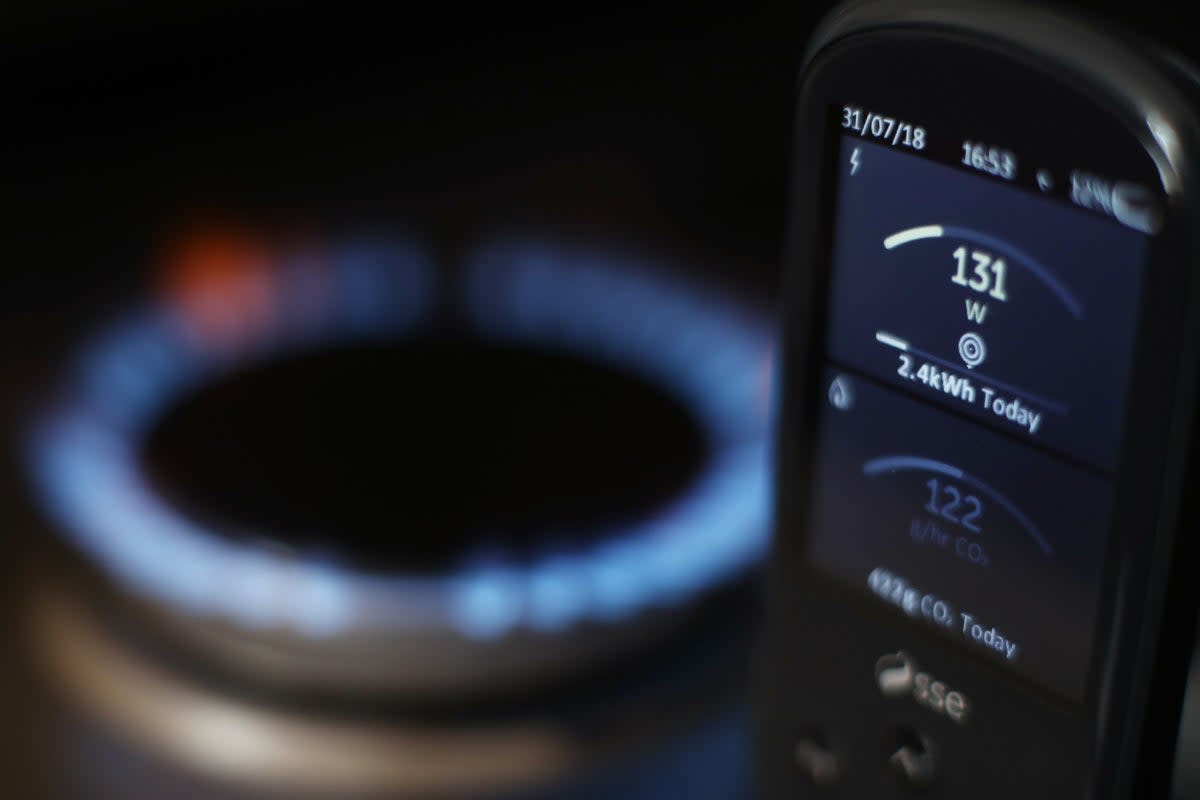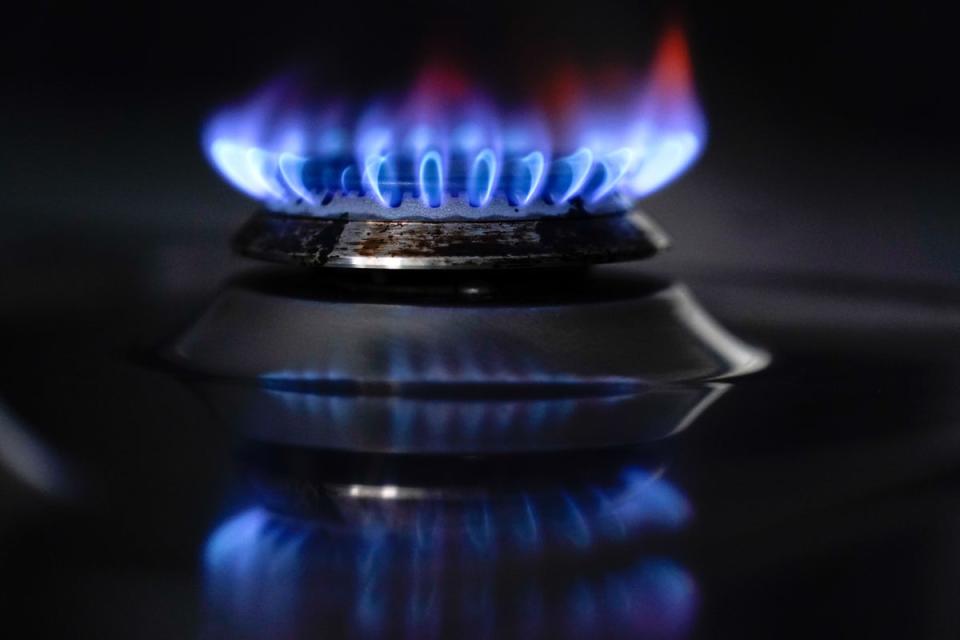What is the Ofgem energy price cap? Average annual bill to drop

From July 1, the energy price cap will be cut by seven per cent or £122 until the end of September, according to Ofgem.
The change will mean households’ yearly energy cost should be about £500 less than a year ago, with the price cap at its new level of £1,568.
Even though the July cap is lower than the previous one, costs are still higher than the longer-term average. Before the rise in energy prices brought on by Russia's invasion of Ukraine, a typical 12-month bill in the summer of 2021 was £1,084.
The cap on energy prices is currently £1,690 a year for a typical bill. Research company Cornwall Insight said the fall reported on Friday may be temporary.According to its prediction, the average price would rise to £1,762 starting in October and stay at this level until the end of March.
Here’s everything you need to know about who sets the energy price cap and how it works.

What is the energy price cap and what is Ofgem?
Ofgem, the Office of Gas and Electricity Markets, is the independent regulator of the British energy market and is intended to protect customers. A key part of its role is to set a limit – a price cap – on what energy firms charge customers on default or standard and variable tariffs.
The price cap was launched in January 2019 by the regulator and, although it was originally a temporary measure, it has remained in place.
The cap applies if you’re on a default energy tariff, whether you’re paying via direct debit, standard credit, or a prepayment meter – it doesn’t apply to a fixed-term tariff.
Previously, variable tariffs had been more expensive than fixed-rate deals. People are often on these tariffs because they fail to switch suppliers when a fixed term has ended or their supplier has been forced to close.
But, at present, fixed-term tariffs are more expensive than the cap, meaning the majority of people are affected.
Ofgem said: “The global rises we’re seeing in gas prices mean this is a very challenging time. Right now, this may mean you find few better-value tariffs than being on a supplier’s default rate covered by the Government’s energy price cap, if you are already on one.”
How is this different from the energy price guarantee?
After prices soared following Russia’s invasion of Ukraine in February 2022, the Government announced a lower energy price guarantee (EPG) would temporarily replace the cap. It had set a maximum price per unit for gas and electricity and paid any costs associated with a bill that is more than that amount. The EPG, which set the typical yearly energy bill at £2,500, ended on March 31, 2024 and prices are determined by the Ofgem price cap, which has been the case since July 1, 2023.
How much will you pay?
The energy price cap is set at £1,568 a year for a typical home using gas and electricity and paying by direct debit between July 1, 2024, and September 30, 2024.
This is £122 less than the maximum amount of £1,690 that began on April 1, 2024 and ends on June 30, 2024.
How does the energy price cap work?
The energy price cap works by stipulating a limit on the maximum amount that can be charged for a unit of gas or electricity, based on an estimate of the average household user.
This means that it is not the maximum possible cost to a household because, if you burn a higher number of units, your energy bills will exceed the cap. If you use less, you’ll pay less.
A maximum daily standing charge, which is the cost of getting the power to your home, is also included. The cap is determined by the costs faced by energy suppliers.
The cap is made up of network, operating, and policy costs, as well as VAT and earnings. The amount is set differently depending on whether you pay by a monthly or quarterly direct debit, on the receipt of a bill or prepay for your energy.

 Yahoo News
Yahoo News 
